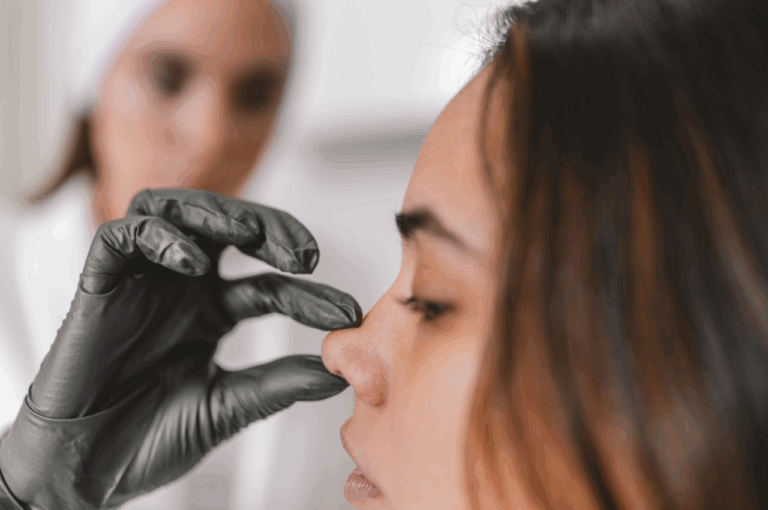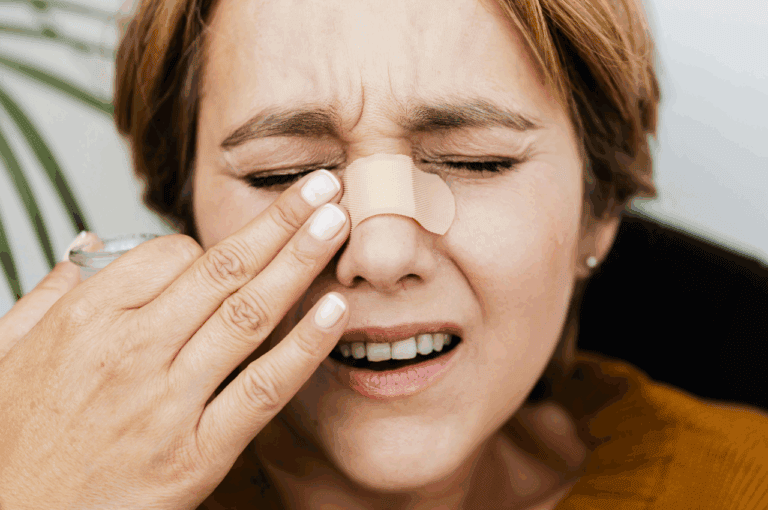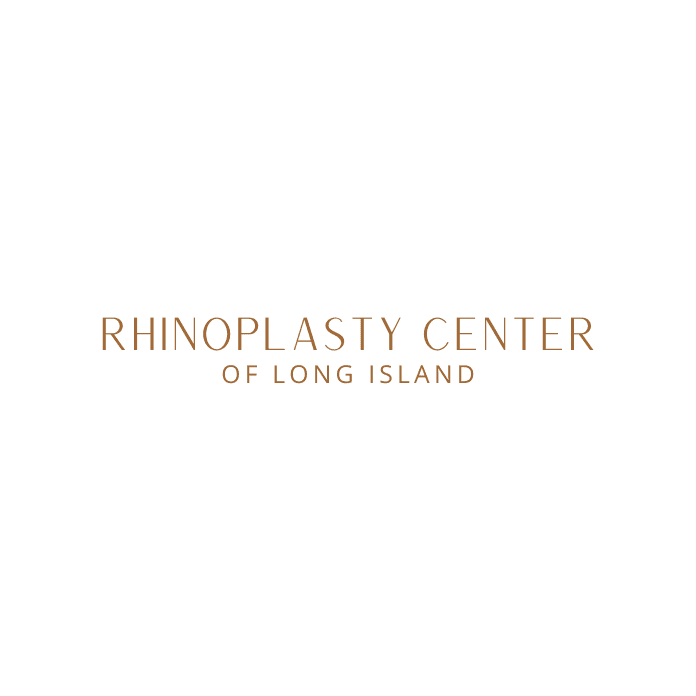When you think about changing the look and function of your nose, questions about safety often come first. If you worry about whether rhinoplasty could be dangerous, you are asking a smart and important question. At the Rhinoplasty Center of Long Island, we believe that informed patients feel confident making choices about their surgery.
While rhinoplasty is one of the most common cosmetic surgeries, it is still a real surgical procedure. You deserve honest, clear information about every aspect of its risks and benefits. Let’s walk through what makes rhinoplasty safe, the real risks you should be aware of, and how your choices can influence your experience.
Key Takeaways
- Rhinoplasty is generally safe: When performed by a board-certified surgeon, risks are typically low and manageable.
- Surgical risks exist: All surgeries carry potential complications like bleeding, infection, and anesthesia reactions, including nasal surgery.
- Not everyone is a candidate: Your health status, nasal anatomy, and expectations influence your individual risk.
- Preparation reduces risks: Carefully following all pre- and post-op instructions helps prevent most major complications.
- Recovery is a process: Most side effects are temporary, but following up with your surgeon is crucial for a healthy outcome.
- Choosing your surgeon matters: Your results and safety are directly linked to your surgeon’s technique, experience, and communication.
- Long-term changes are possible: You must understand both the permanent and temporary effects of rhinoplasty before deciding.
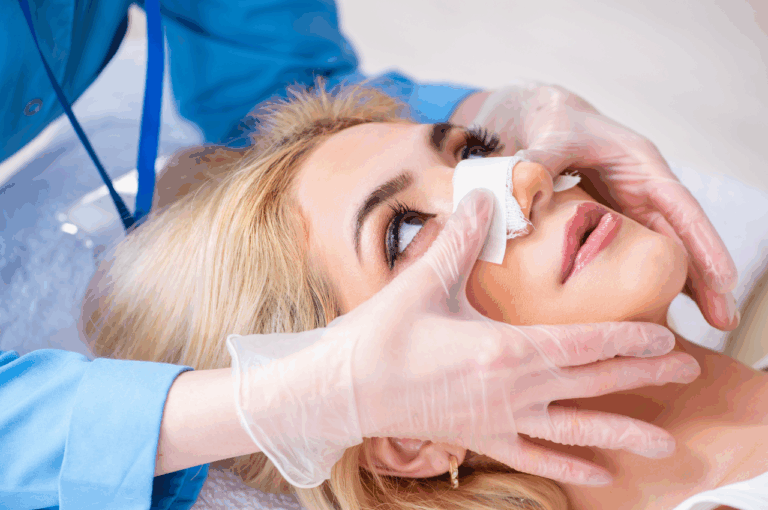
Understanding the Rhinoplasty Procedure
Rhinoplasty is a surgical procedure that reshapes or repairs the nose. It can change both the outside appearance and internal structures to improve breathing.
There are two basic approaches to rhinoplasty: open and closed. The difference lies in the incisions and the surgeon’s ability to visualize and manipulate nasal tissues.
Open vs. Closed Rhinoplasty
Open rhinoplasty involves a small incision across the columella, the tissue between the nostrils. This approach allows the surgeon to lift the nasal skin and provides a better view of the nose’s structures. Closed rhinoplasty uses incisions hidden entirely inside the nostrils, resulting in no visible external scar.
Each technique has benefits and drawbacks. Your anatomy and goals will often decide which approach suits you best.
What Happens During Surgery
During the procedure, the surgeon will carefully separate the nasal skin from the underlying bone and cartilage. They sculpt or reposition these structures to refine shape or improve breathing. Surgeons then close the incisions, add internal splints if necessary, and dress the nose to minimize swelling and protect new contours.
Understanding the procedure helps patients feel empowered rather than anxious about potential risks.
Common and Rare Complications: What to Expect
Patients often want a clear picture of the possible complications. While most are mild and temporary, awareness allows you to spot any warning signs quickly.
Typical Side Effects
It is normal to experience swelling, bruising, and some soreness after surgery. These symptoms usually settle down over ten to fourteen days. Temporary stuffiness and mild bleeding can also occur, especially in the first week.
Occasionally, patients notice changes in nasal sensation, like numbness around the tip or upper lip. This usually improves as nerves heal over time.
Complications to Know
Although rare, some complications are more serious. Here are the key possibilities to consider:
- Infection: This risk is small, especially with careful sterile technique and antibiotics.
- Persistent Bleeding: Uncontrolled bleeding is uncommon but may require medical attention.
- Asymmetry or Unexpected Results: Sometimes healing leads to minor irregularities that might need revision.
- Nasal Obstruction: Changes to the nasal structure can temporarily or permanently impact breathing.
- Scarring: Open techniques can leave a faint scar, but it usually fades well over time.
- Septal Perforation: Rarely, a hole may develop in the septum, which can cause nasal issues.
Most complications are manageable and temporary, but early detection is key. Be sure to follow all aftercare instructions and reach out if anything unusual arises.
Factors That Influence Rhinoplasty Risk
Several patient-specific and procedural factors affect how risky rhinoplasty will be for you. Knowing these can help you make empowered decisions for your care.
Patient Health and Nasal Anatomy
Your current health status plays a major role. Chronic illnesses, uncontrolled diabetes, or blood clotting disorders increase surgical risks. Smokers also face delayed healing and higher infection rates.
Your nose’s anatomy, such as skin thickness, previous trauma, or prior nasal surgeries, can influence complication rates. Discuss any previous procedures or breathing problems with your surgeon to help guide planning.
Surgeon’s Training and Experience
A board-certified facial plastic surgeon, especially one who specializes in rhinoplasty, brings an extra level of expertise. Surgeons with more experience are better equipped to predict, avoid, and manage complications. When choosing your surgeon, look for training, skill, and excellent communication.
The Surgery Itself
Complex or combined procedures, such as adding a septoplasty or revision rhinoplasty, can slightly raise your risks. More extensive reshaping means longer surgery time, which can increase certain risks. However, careful surgical planning helps manage these challenges.
Being open about your medical history and surgical goals lets our team customize your care plan to keep risks as low as possible.
Minimizing Risks Before and After Surgery
You have a powerful role to play in reducing the risks of rhinoplasty. Your actions before and after surgery are just as important as the work your surgeon performs in the operating room.
Pre-Surgical Steps That Promote Safety
Following your surgeon’s recommendations for pre-operative care increases the likelihood of a smooth, safe recovery. Here are some of the most important steps:
- Stop smoking: Nicotine constricts blood vessels and slows healing. Stopping even a few weeks before surgery improves your outcome.
- Adjust medications safely: Some drugs, such as aspirin or non-steroidal anti-inflammatories, raise bleeding risk. Your surgeon will guide you on when to stop or switch these.
- Treat skin and sinus infections: Arriving for surgery in good health decreases the risk of post-operative complications.
- Stay hydrated and rest: A healthy body recovers more efficiently, so prioritize good nutrition and adequate sleep.
Following each instruction closely helps prepare your body for an easier recovery.
Post-Op Care for a Smooth Recovery
Recovery instructions can vary, but some universal steps help prevent complications:
- Keep your head elevated: This limits swelling and discomfort in the first week.
- Avoid trauma: Do not bump your nose or engage in activities that could cause injury.
- Protect the nose from sun: Direct sunlight may worsen swelling and cause uneven healing or noticeable scarring.
- Follow up as scheduled: Regular post-operative visits let your surgeon monitor healing and catch issues early.
By following these steps, you give your body every opportunity for an optimal, complication-free result.
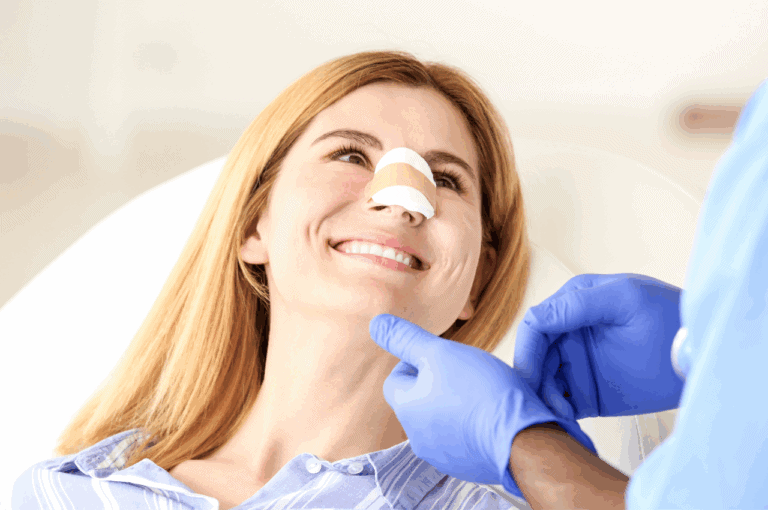
How Safe is Rhinoplasty Compared to Other Cosmetic Procedures?
Many patients wonder how rhinoplasty compares to other surgeries in terms of safety. While every surgical procedure has risks, understanding the broader context can help lower anxiety.
Rhinoplasty is Generally Low Risk
Complication rates for rhinoplasty are quite low, especially in healthy patients. Most people recover without any significant issues. When compared to other cosmetic procedures like facelift or breast augmentation, rhinoplasty typically has similar or even lower rates of major complications.
Factors Make a Difference
Two factors greatly influence safety: your individual health and your surgeon’s attention to detail. Risks also increase for revision or secondary rhinoplasty, since the anatomy can be more complex.
When you choose a board-certified, experienced surgeon and follow recovery protocols, rhinoplasty stands out as a safe option for most healthy patients.
Who is a Good Candidate for Rhinoplasty?
Not everyone is an ideal candidate for rhinoplasty. Several factors determine if the benefits outweigh the risks in your situation.
Physical Health Requirements
We recommend that candidates for rhinoplasty are generally healthy, with no untreated medical conditions that could complicate healing. Chronic illnesses should be well-managed and controlled before surgery.
Patients with untreated sinus or nasal infections, severe allergies, or bleeding disorders may not be good candidates until these issues are resolved.
Psychological Readiness and Expectations
Rhinoplasty can have a significant impact on self-image. Good candidates understand the risks, hold realistic expectations about outcomes, and are committed to the recovery process. The best results come when you work together with your surgeon to design a plan matching your unique goals.
If you are unsure whether rhinoplasty is safe or right for you, a thorough consultation helps clarify your personal options.
Addressing Common Patient Concerns
Patients considering rhinoplasty often express particular worries. Understanding the most frequent questions can help you prepare and feel empowered about your choices.
Will I Look Like Myself After Surgery?
This is one of the most common fears patients share. The goal of rhinoplasty is not to erase your identity but to enhance your natural features. Most patients still look like themselves, just with a more balanced profile.
Our team uses digital imaging and in-depth conversations to align surgical plans with your personal ideals.
How Much Pain Can I Expect?
Most patients rate post-operative discomfort as mild to moderate. While soreness, stuffiness, or pressure can last several days, prescription or over-the-counter medications usually provide good relief. Pain usually improves quickly by the end of the first week.
What Are the Signs of a Problem?
While healing varies, certain signs mean you should call your surgeon promptly. These include high fever, persistent bright red bleeding, worsening pain, or signs of infection near the incision such as increased redness, swelling, or discharge. Timely intervention can prevent small issues from becoming serious complications.
Long-Term Outcomes and Potential Future Surgery
Thinking ahead is an essential part of planning your rhinoplasty. While most patients enjoy long-lasting results, some issues may develop months or years after surgery.
Changes in Nasal Shape Over Time
Swelling can last for months and even up to a year after surgery. As swelling resolves, subtle changes or asymmetries may slowly appear. Most of these are minor and do not cause concern, but occasional revision surgery can address significant dissatisfaction.
Breathing and Functional Considerations
In rare cases, rhinoplasty may temporarily or permanently affect nasal breathing. If you notice persistent stuffiness, congestion, or whistle sounds when you breathe, let your surgeon know. Additional treatments or procedures can usually correct these.
Need for Future Revision
About 10 to 15 percent of patients eventually choose revision rhinoplasty, usually for minor adjustments. Your chance of needing further surgery is lower when you choose a skilled, experienced provider from the start.
Long-term satisfaction depends on clear communication and realistic planning before your first surgery.
Choosing the Right Rhinoplasty Surgeon
Your choice of surgeon is the single most important factor in determining both your safety and your results. Here are crucial considerations to guide you:
- Board-certification: Look for facial plastic surgeons with specialized training in both aesthetics and nasal function.
- Experience: More years and higher numbers of rhinoplasty cases mean better familiarity with complex and variable anatomy.
- Before-and-after photos: Review your surgeon’s real rhinoplasty results with patients who have similar facial features and goals.
- Patient reviews and testimonials: Hearing from past patients offers valuable, honest insights.
- Comfort and communication: You should feel that your surgeon truly listens, answers your questions, and addresses your concerns without hesitation.
Patients in Long Island have several board-certified rhinoplasty specialists to choose from, but not all offer the same level of experience or personalized care. Our team works closely with each patient to ensure comfortable, open communication from the first consultation through every stage of recovery.
Making a Confident, Informed Decision for Your Safety and Satisfaction
Deciding on rhinoplasty can feel like a big step, especially with safety on your mind. When you have the right information and a skilled, attentive team guiding your care, the process becomes far less intimidating.
At the Rhinoplasty Center of Long Island, we believe that every patient deserves a safe experience with results that meet personal and functional goals. We encourage open dialogue, honest discussions about expectations, and close attention during every phase of your care.
If you are considering rhinoplasty and want clear, individualized advice about your risks and options, reach out to schedule a consultation with our experienced team in Long Island. We are here to listen, answer your questions, and help you make a confident, informed decision about your nose and your health.


